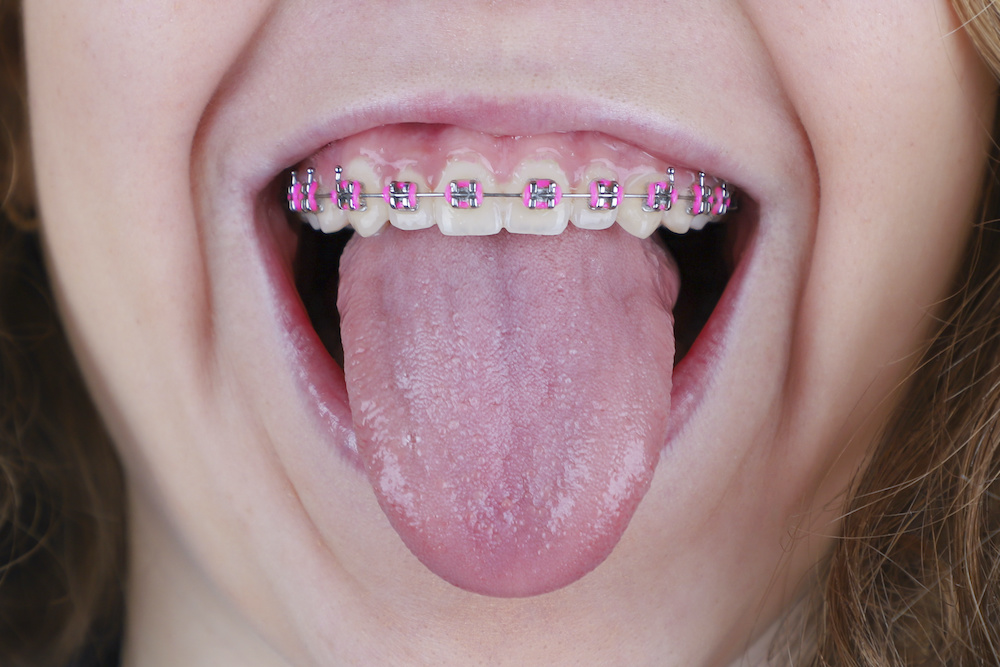
Are the Rubber Bands on Braces Really That Important?
Today’s braces seem fairly simple, yet they are more sophisticated than ever. The precise combination of metal brackets, wires, and bands works to move your teeth into their correct positions for an optimal smile. While it makes sense that metal would be able to move your teeth, many people wonder how important the elastic bands really are.
Ligatures for Braces
Generally speaking, there are two types of rubber bands used on braces. However, they are more accurately referred to as “elastic bands,” since typical rubber bands simply won’t cut it. Orthodontic elastics are made out of medical-grade rubber and are specifically designed for orthodontic correction.
The first kind of elastic bands you can expect with braces are called ligatures. These are the little elastic bands around the points where the archwire meets the brackets. The purpose of the ligature is to hold the archwire in place with the right tension to move your teeth. Because of this, the ligatures are some of the most important parts of your braces.
When you get your braces adjusted, your orthodontist will replace some of the ligatures because they stretch or wear out over time. Your ligatures will also be replaced when you’re moving on to the next phase of your treatment. Many orthodontists offer ligatures in different colors to make this part of treatment more fun for kids and teens.
Interarch Rubber Bands on Braces
The other type of elastic bands you may have on your braces are called interarch bands. If you have conventional braces, you’ll always have ligatures, but you may not need interarch bands. This is because interarch bands serve a different purpose. Rather than assisting in the process of straightening teeth, these rubber bands help fix bite problems, such as overbites and underbites.
The interarch bands run between your upper jaw and lower jaw and are connected to your teeth on metal hooks attached to brackets. The positioning of these bands will also vary depending on the type of bite problem you have. As these bands create pressure on your jaw, your jaw will move into a position that will correct your bite. This process is essential to creating your perfect smile since bite problems can lead to pain, eating difficulties, and speech impediments.
Taking Care of Your Elastic Bands
It’s important to pay attention to the condition of your elastic bands the same way you would care for the other parts of your braces. If any elastic bands break or fall out for any reason, make an appointment right away to get them replaced.
You should also make sure you wear your interarch bands properly. Don’t skip out on wearing them if you want your treatment to be completed on time . You will also need to replace them every time you eat or brush your teeth since they wear out throughout the day.
To learn more about the importance of elastics with braces and to see if orthodontic treatment is right for you, contact Milnor Orthodontics today and schedule your free consultation .
At Milnor Orthodontics, our experts are here to help you achieve a priceless smile. Call our office at (970) 484-3214 or visit milnororthodontics.com to learn more. We're located at 1103 S. Shields St. in Fort Collins, Colorado.







